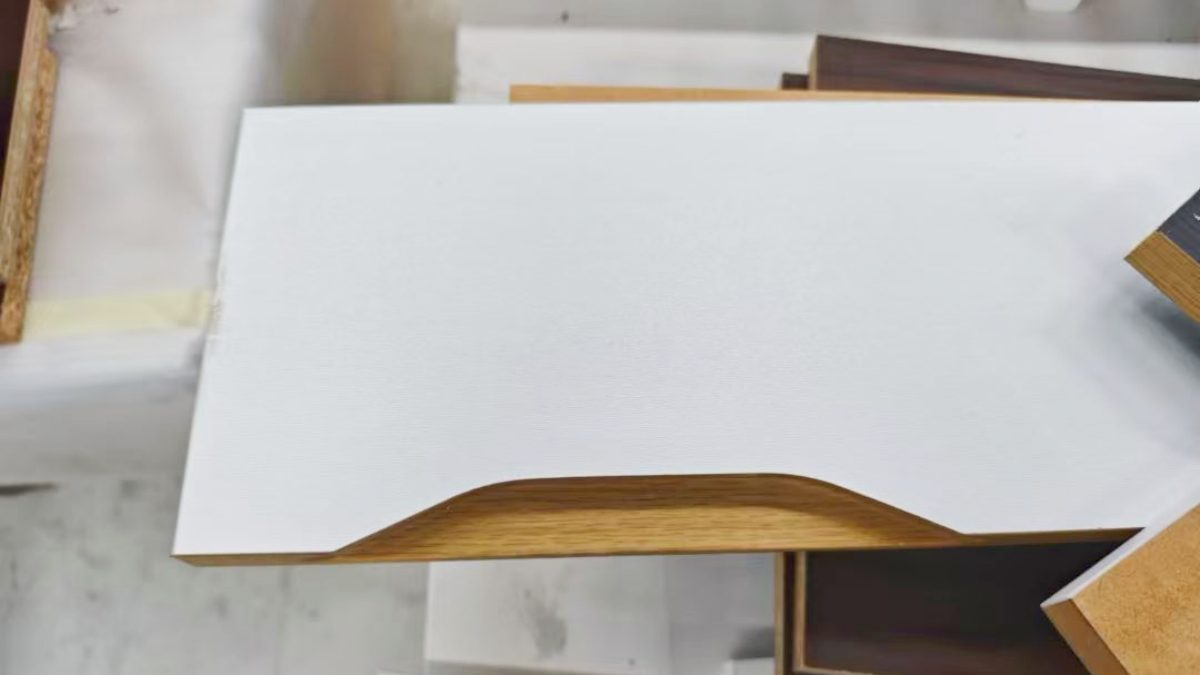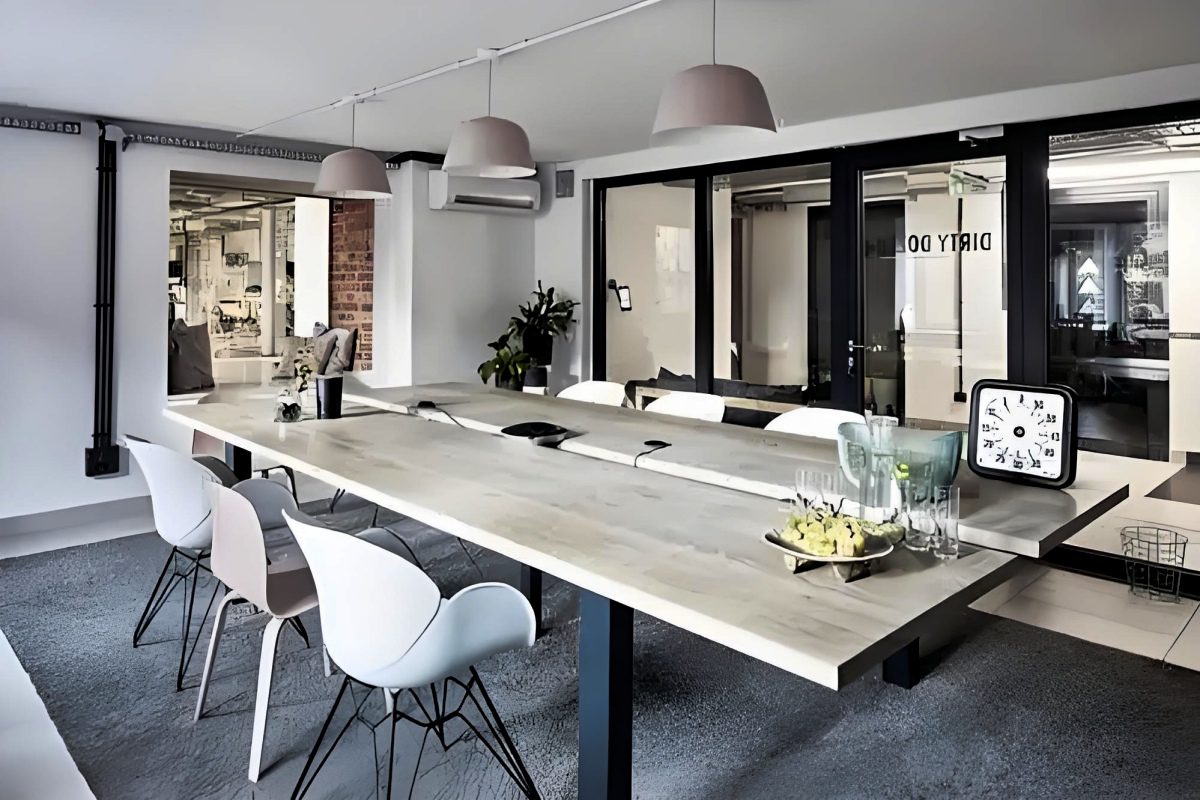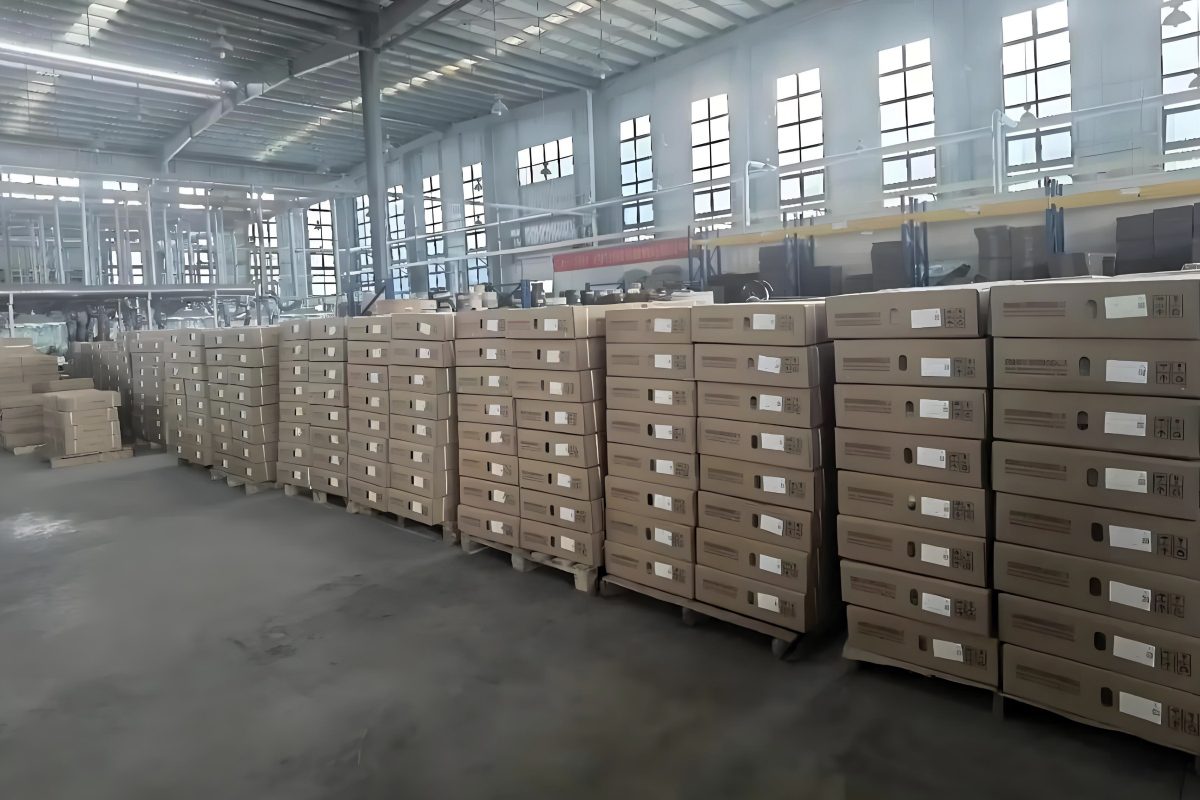With the increasing proportion of panel furniture, edge banding has become an essential material in modern furniture manufacturing. It not only enhances the aesthetics of the furniture but also protects the edges of the panels, thereby extending the furniture’s lifespan. Among the various edge banding types, PVC edge banding has long been the preferred choice of furniture manufacturers worldwide due to its high cost-effectiveness, diverse color options, and stable performance. Next, Shengmei Edge Banding, a manufacturer of edge banding, will draw on its extensive experience in edge banding applications to explain in detail why furniture manufacturers choose PVC edge banding from three perspectives: advantages, application scenarios, and a comparison of different edge banding types.
What is PVC edge banding?
PVC edge banding is a material used to seal furniture edges, made from polyvinyl chloride (PVC). It’s extruded through a high-temperature die to a specific width and thickness, then printed and embossed. Edge banding is commonly used to seal the edges of materials like particleboard, medium-density fiberboard (MDF), and multilayer boards. Its primary functions are to protect the board, enhance its aesthetics, and increase its durability.

What are the advantages of PVC edge banding?
1. Low cost
PVC raw materials are cheap, and the production process is mature. Compared with PP, ABS, wood, and acrylic edge banding, PVC edge banding has lower production costs and more competitive market prices, making it very suitable for large-scale furniture production.
2. Rich Colors and Textures
Using advanced printing technology, we can realistically imitate a variety of wood grains, stone patterns, solid colors, and metallic effects, closely matching the color of the board to meet diverse furniture design needs.
3.Good Processability
PVC edge banding offers excellent flexibility and bonds securely with commonly used EVA or PUR hot-melt adhesives. It is compatible with most edge banding machines on the market and is ideal for efficient production using high-speed automatic edge banding machines.

4. Moisture-resistant and durable
This is the core advantage of PVC edge banding. PVC material is completely water-resistant, effectively insulating panels (such as particleboard and medium-density fiberboard) from moisture, preventing expansion and deformation. It is particularly suitable for kitchen and bathroom cabinets. The surface coating is also resistant to wear, scratches, acids, and alkalis, making it easy to clean.
5. Continuously Improving Environmental Performance
PVC itself does not contain formaldehyde, but its production process may involve substances such as chlorine, and it is not easily biodegradable after disposal. However, the industry has developed more environmentally friendly formulas that are free of heavy metals such as lead and cadmium. These formulas comply with environmental standards such as REACH and RoHS, meeting furniture export demand.
What are the application scenarios of PVC edge banding?
1. Cabinets
One of the most common applications for PVC edge banding is in cabinets. Kitchens are humid environments, and PVC edge banding effectively protects against moisture, extending the life of the cabinets. It also offers a variety of color combinations.
2. Wardrobes
Wardrobes have high requirements for appearance and color. PVC edge banding provides a wood-grain-matching effect, perfectly matching the wood panels and adding a more integrated and aesthetically pleasing look to the wardrobe.
3. Office Furniture
Desks, filing cabinets, and other furniture require durable edge banding. PVC edge banding offers excellent wear and impact resistance and can withstand frequent daily use.

4. Bathroom Furniture
Bathroom cabinets, sinks, and other furniture are often exposed to moisture. Using PVC edge banding can enhance moisture resistance and prevent expansion and deformation of the panels.
5. Display Cabinets and Commercial Furniture
PVC edge banding comes in a variety of colors to suit the design needs of commercial spaces, enhancing display effects while also protecting corners from damage.
6. Other Home Furnishings (TV Cabinets, Bookcases, Sideboards, Bed Frames, Shoe Cabinets)
PVC edge banding has a wide range of applications and can effectively protect the edges of home furniture.
A brief comparison of PVC edge banding and other edge banding materials
PVC edge banding vs. ABS, PP edge banding
ABS and PP edge bandings do not contain chlorine and are more environmentally friendly. They have better flexibility and thermal stability (less likely to produce glue lines) and good wear resistance, but they are more expensive.
PVC edge banding vs. acrylic edge banding
Acrylic edge banding has extremely high gloss, good transparency, and is very wear-resistant, but it is expensive and the material is brittle.
PVC edge banding vs. wooden edge banding
Wood edge banding has the most natural texture and can be processed and painted together with the furniture, but it is expensive, easily deformed by humidity, and has low processing.

PVC edge banding vs. melamine edge banding
Melamine edge banding is moisture-proof and has average durability, but it can achieve perfect color unity with the board material. It is low in price and suitable for economical furniture.
How to choose the right PVC edge banding?
When choosing PVC edge banding, furniture manufacturers can start from the following aspects:
1. Specification Selection
Common PVC edge banding widths: 19mm, 22mm, 25mm, 28mm, 35mm, etc.
Common PVC edge banding thicknesses: 0.4mm–2.0mm
Recommended: 0.4–0.6mm thickness for low-cost furniture, 1.0–2.0mm for high-end furniture. The width should be 1–3mm wider than the actual width of the furniture panels.
2.Color and Texture Selection
The color and texture of the edge banding should be coordinated with the furniture’s design and the board material. Try to choose the same color and texture to avoid color variations.
3. Physical Property Selection
The wear resistance, weather resistance, flexibility, and environmental friendliness of the PVC edge banding should be confirmed with the edge banding supplier based on the performance requirements of the furniture.
4. Supplier Selection
Prioritize PVC edge banding manufacturers that offer high-volume discounts, customized services, stable supply, and quality assurance.
Currently, PVC edge banding remains the most commonly used type of edge banding in the panel furniture manufacturing industry. Its competitive price, excellent water resistance, rich color options, and proven processing properties make it the preferred choice of most furniture manufacturers. If you are looking for a high-quality PVC edge banding manufacturer or require a customized PVC edge banding solution, please contact Foshan Shengmei Decoration Materials Co., Ltd. for more product information and a quote.


